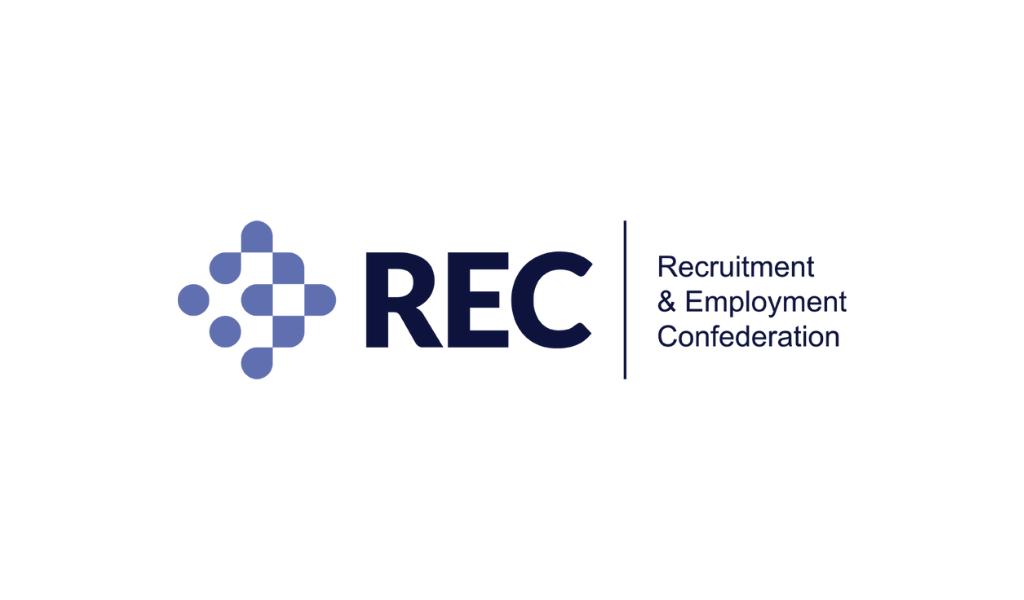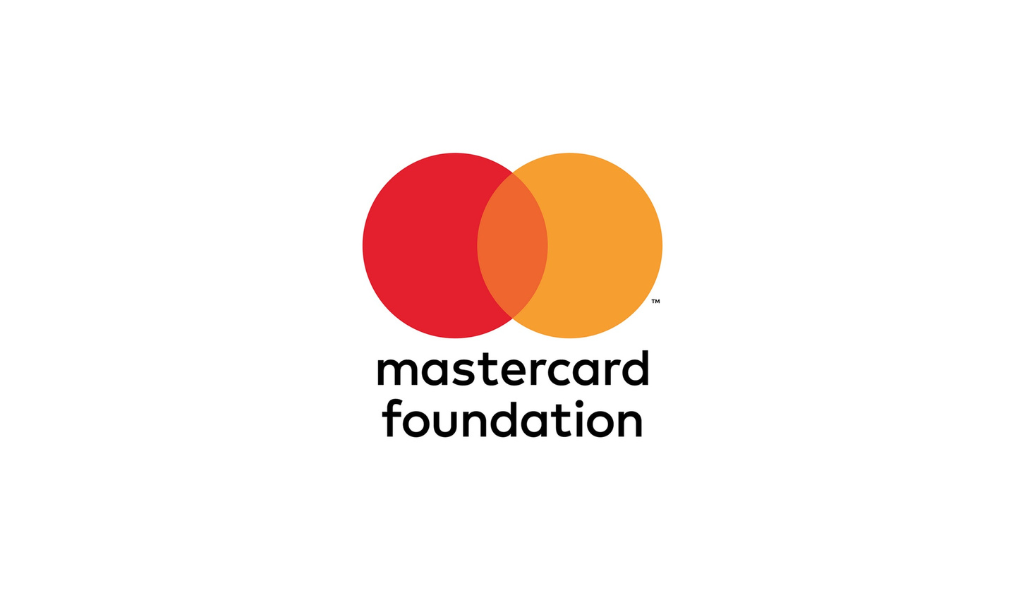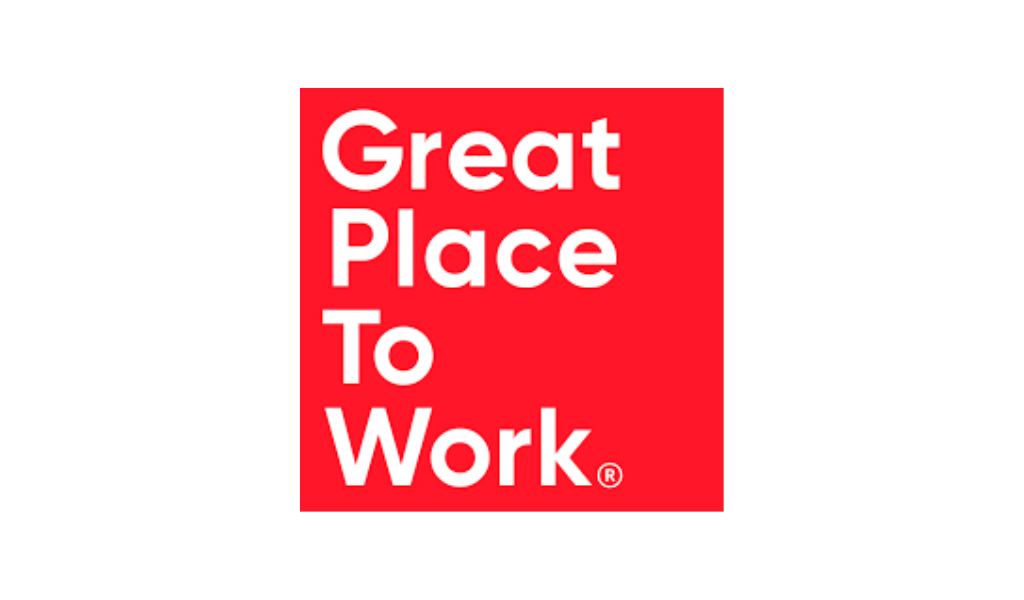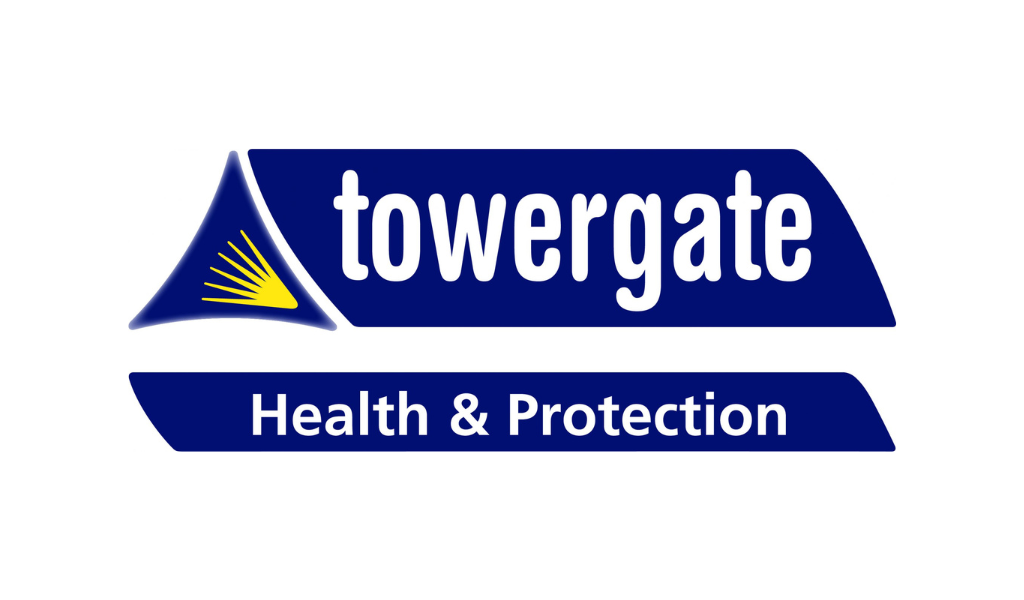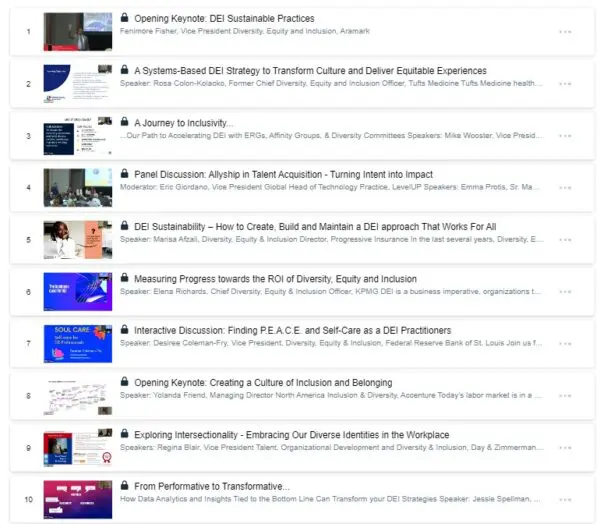Firstup has released the results of its Workplace Communication and Well-being Survey, which explores the impact of workplace stress and highlights a well-being crisis. The organization surveyed 1,000 U.S. adults working full- or part-time who identified as stressed and uncovered a troubling trend—more than half (60%) of respondents consider their jobs to be a significant source of their stress, which has a profound impact on their work and well-being.
“Stress levels among our workforce continue to rise and employers absolutely play a role in addressing and supporting their employees,” says Sabra Sciolaro, chief people officer at Firstup. “While our survey found that a good number of employers aren’t offering wellness benefits, those that do have a crack in their communications process, leading to such benefits going unused.”
Additional key findings from the survey include the following.
- Stress is widespread and detrimental to the workforce. More than half (55%) of respondents report that stress contributes to burnout, diminishes their motivation (48%), and negatively impacts work performance (37%).
- There’s a strong need for wellness programs, yet they are underutilized. One-third (33%) of respondents claim their employers don’t offer any wellness support, including things like gym memberships, reimbursements, mental health resources, or preventative health screenings. However, among those who do have access to wellness programs, only 28% have taken advantage of them, and 23% say they are unlikely to do so.
- Communication gaps are a major barrier. One-quarter (25%) of respondents say they either don’t know where to find information about wellness benefits or the information was never communicated to them, and 15% are unaware of whether their company even offers wellness benefits, suggesting significant communication shortcomings.
- Employers are utilizing the wrong channels. Nearly half (48%) of organizations rely on email to communicate their wellness benefits, though this approach may not be effective for the 54% of respondents who are deskless or spend only part of their day connected to email. Other methods—such as onboarding sessions (17%), intranet (15%), and communication tools like Slack (10%)—are also being used but are insufficient in closing the awareness gap.
“Poor communication prevents employees from knowing, accessing and utilizing these resources effectively, which only exacerbates feelings of burnout, ultimately impacting retention and work performance,” Sciolaro says. “The reality is, communication can’t be one-size-fits-all. For example, email doesn’t work for everyone, especially our deskless workforce.”
Despite the growing awareness of the importance of employee wellness, the survey reveals that significant opportunities remain for companies to improve how they promote and deliver these resources. These include the following.
- Employees want easier access to wellness information. Nearly one-third (32%) of employees would be more likely to use wellness benefits if the information were easier to find, and 25% would participate if they knew more about the available options. This underscores the importance of intelligent communication platforms where employees receive information at the right time in the right channel, without having to search for information.
- Tailoring communication to the workforce is key. With over 80% of the global workforce being deskless, employers must ensure that wellness information is accessible through the right channels, whether that’s mobile, web, or integrated with tools like Microsoft Teams or Slack.



